THE HOUSE OF SELEUKOS
PREFACE
The empire created by Alexander the Great's general Seleukos constituted the largest Hellenistic kingdom of the successor states; yet surprisingly little has been written on this dynasty. It is my hope to shed light on the history of this once glorious empire. The paucity of materials that had previously hindered study into this field has rather remarkably come to an end. An abundance of new materials has recently been discovered that gives us remarkable insight into the history of this once-great kingdom, that was of both the East and the West.
This story would not have been possible without the groundwork lain by previous scholars in this field. I am indebted to Edywn R. Beven, Susan Sherwin-White Amélie Kuhrt for their insight. In the field of numismatics, I owe much gratitude to Oliver D. Hoover, of www.seleukidempire.org. For general knowledge and articles on ancient history, www.livius.org proved extremely helpful.
And finally, enough thanks and praise cannot be given to the Europa Barbarorum team. Although their work would not have been possible without the tools developed by the Creative Assembly, it was through their years of tireless and thankless work that the rich history of the house of Seleukos Nikator came to be known.
S.I.
...
CHAPTER II
THE PHYSICAL ENVIRONMENT
§1. Asia Minor
To the Seleucids, Asia Minor was “the country beyond the Taurus,” or “on this side of the Taurus,” depending on the speaker’s perspective. Bounded by the Black Sea to the north, the Mediterranean Sea to the south, the Aegean Sea to the west, and the bulk of the Asian mainland to the east, this land sat at the intersection of Western and Eastern civilizations.
Asia Minor would always hold a special place for the Seleucid kings for it was the bridge between the vast expanses of Irân and their motherland. This land would call out the attention of the Seleucid kings in a way in which the eastern portion of their Empire could not.
a. Phrygia & Lydia
b. Kappodokia
§2. Syria
The land known as Syria lies between the Taurus to the north and the Gulf of ‘Akaba to the south. A line of mountain which runs this length prevents the Arabian desert from extending to the shores of the Mediterranean and provides for a belt of habitable land between the sea and the desert. From its position, Syria forms the bridge between Egypt and Asia.
§3. Babylonia
Babylonia is the Greek name of what the inhabitants knew as Mât Akkadî, the fertile alluvial plain between the Euphrates and Tigris. This was the heartland of the ancient Babylonian Empire, which dominated the ancient Near East between the fall of the Assyrian empire and the rise of the Achaemenid Empire.
In a well-known description of ancient Babylonia, Berossus (a Babylonian priest, who wrote a Greek history of Babylonia in the first half of the third century BCE) says that :
the land lies between the Tigris and the Euphrates rivers. It produces wild barley, chickpea, and sesame, and even, in its marshlands, edible roots, called gongai. These roots are the equal of barley in nutrition. The land also produces dates, apples, and all sorts of other fruit, as well as fish and birds, field birds as well as waterfowl. There are also in the land of the Babylonians waterless and infertile regions near Arabia, while lying opposite Arabia there are hilly and fertile areas.
a. Assyrie
b. Babylonia
§4. Irân
The rugged mountain ranges and vast deserts of Iran formed natural barriers to movement and communication that would shape the history of this land. The high and rocky central plateau consists largely of two enormous salt deserts and is surrounded by mountain ranges. To the east rises the Hindu Kush, to the north the Elburz range, to the north-west the mountains of Azerbaijan and the Caucasus, and to the west the Zagros chain which overlooks the broad plains of Mesopotamia.
Over most of these lands rainfall is scarce. Settled populations grew up in the few plains watered by rivers or lakes, in the more productive river valleys, and around the oases that dotted the wastes.
a. Media
b. Persis
c. Parthyaia
d. Karmania, Gedrosia & Arachosia
e. Aria & Margiane
f. Drangiane
g. Sogdiane




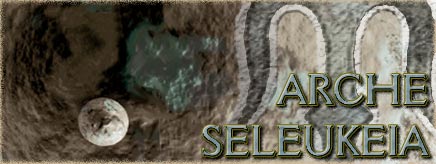


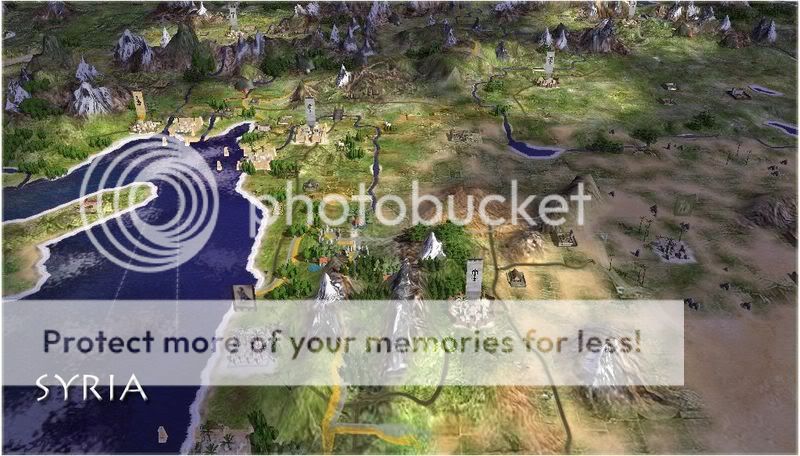
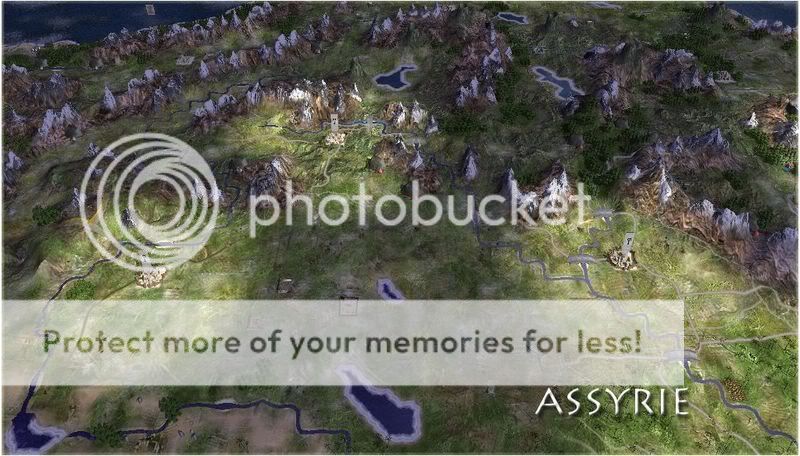

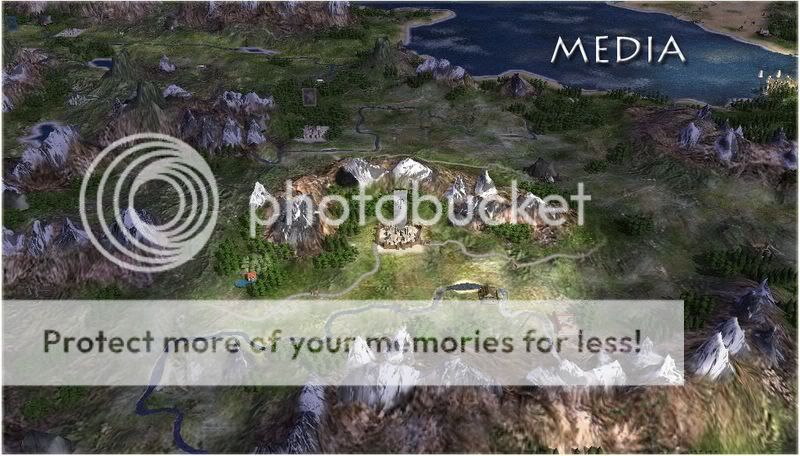
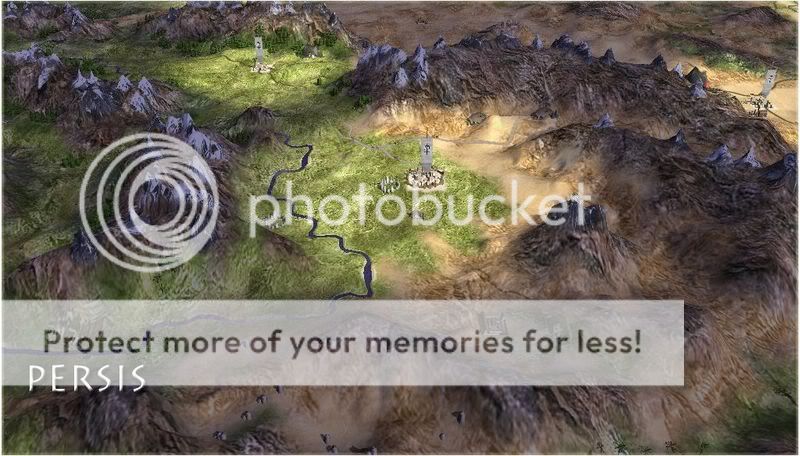
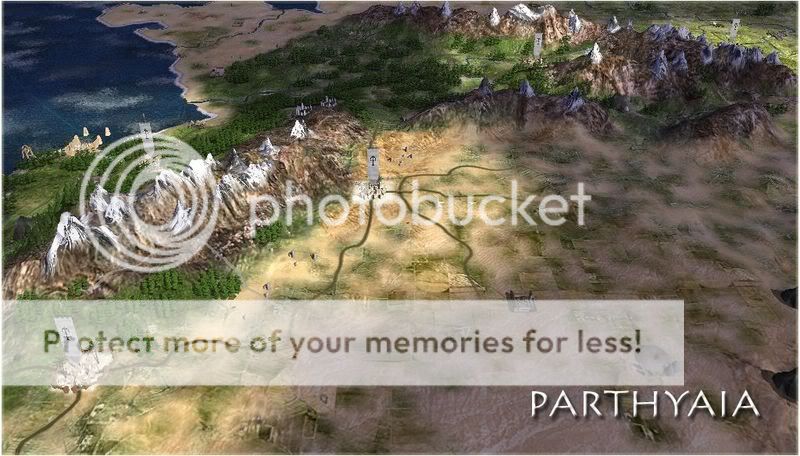
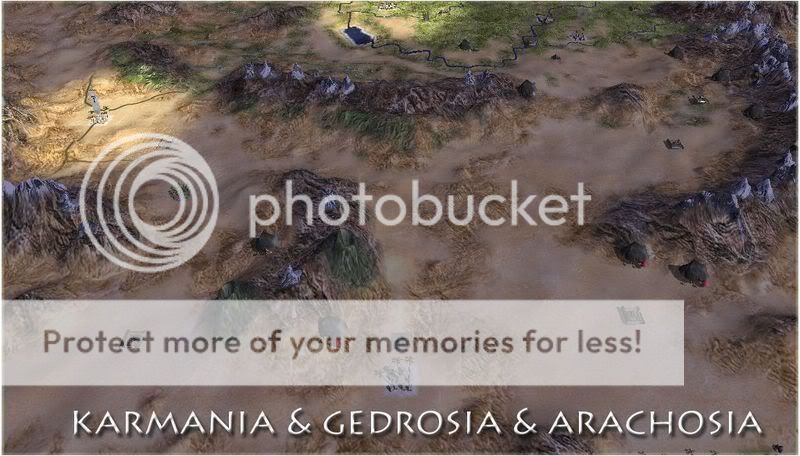
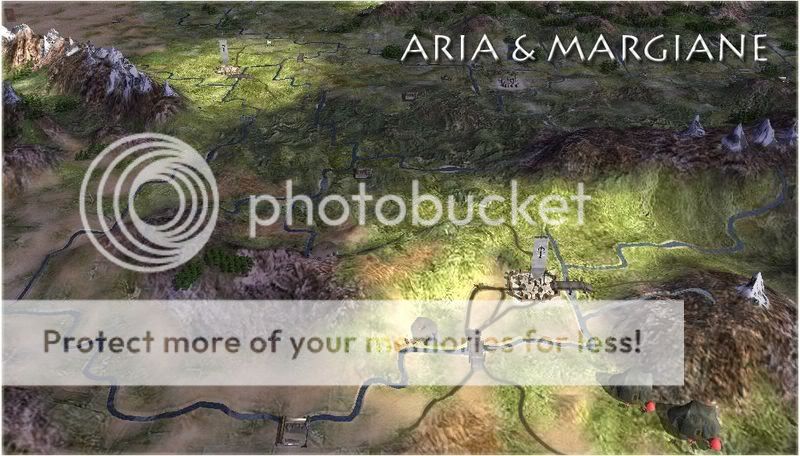
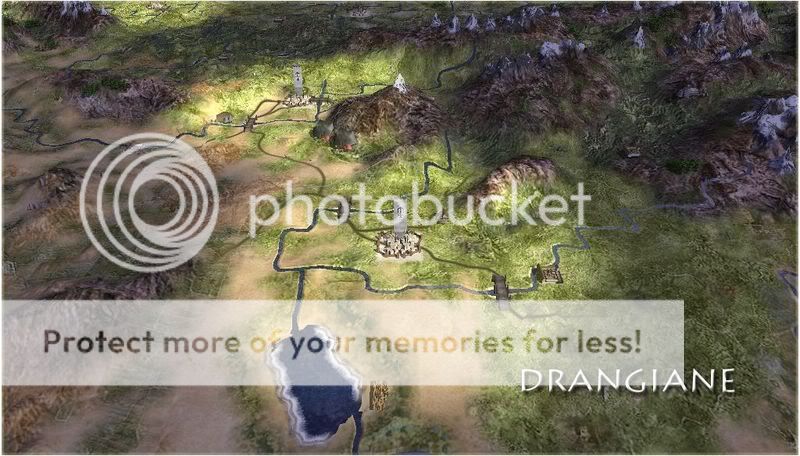



 Reply With Quote
Reply With Quote
Bookmarks